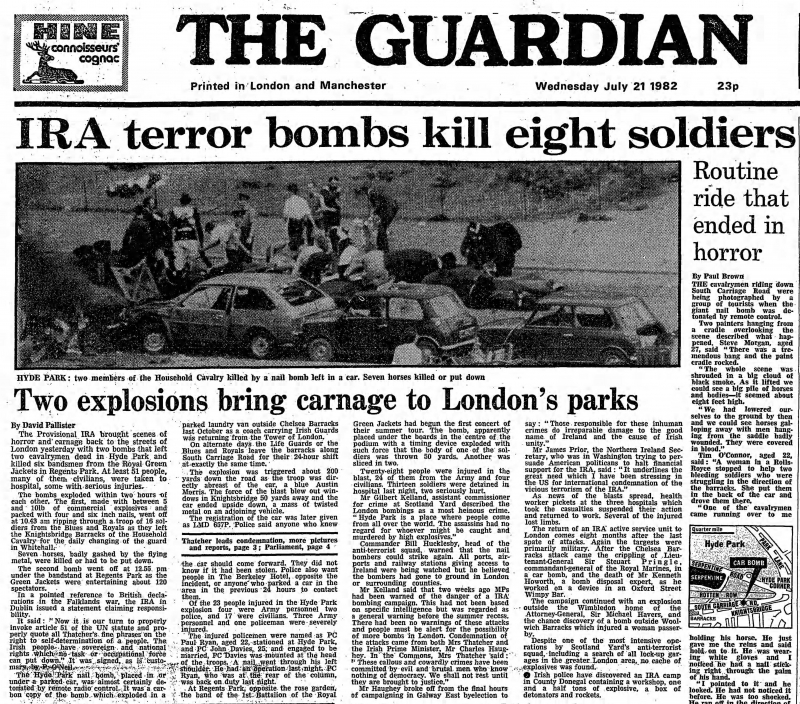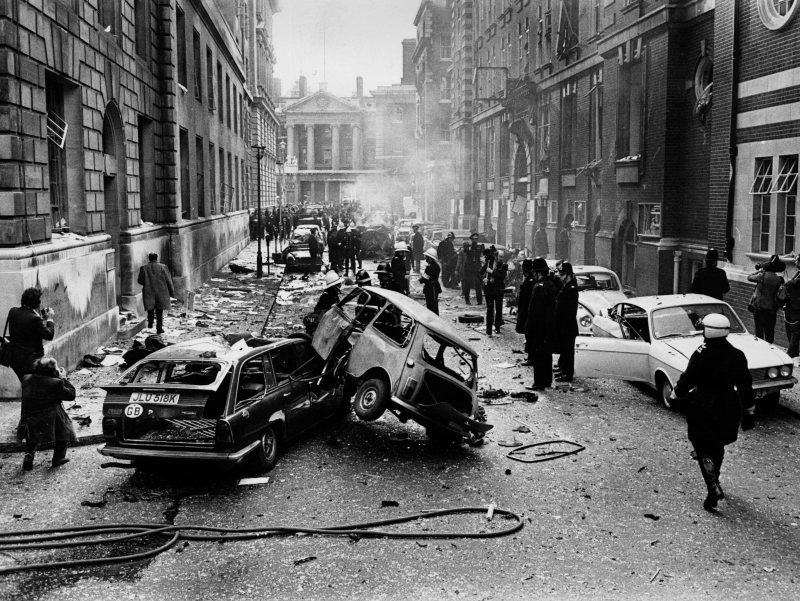The IRA bombing campaigns
Throughout her reign and into the 1980s, Queen Elizabeth was plagued by centuries of bombings, assassinations, military and police anti-terror efforts, riots, civil war, and a plethora of violence over Ireland known together as "The Troubles." The British Army in Northern Ireland battled in the late 1960s to forge peace with the extreme IRA divisions and other terrorist organizations. British forces and Irish "revolutionaries" engaged in violence in Northern Irish cities, making places like Belfast as hazardous as any other in the globe. There have been terrorist bombs in London and other British cities.
The IRA carried out several high-profile assassinations of senior officials in 1979 that were infamous for their brutality and audacity. US General Alexander Haig, a former US Secretary of State and Commander of NATO, came dangerously close to dying as a result of the bombing campaign. Lord Mountbatten, an uncle of Elizabeth's husband Prince Philip, and numerous members of his family were killed when IRA explosions tore apart a boat in August 1979. Mountbatten, the Queen's distant relative, served as India's final Viceroy. Many observers believed that the IRA's indiscriminate slaughter was just as savage as what Islamic terrorists later engaged in.
Conservative British governments responded by implementing anti-terrorist measures while political parties tried to reach amicable arrangements. For more than 60 years, there have been ongoing issues with the Northern Ireland administration. Despite the advances achieved, violent waves were still being produced by fringe terrorist groups. After serving in Northern Ireland for more than three decades and losing more than 1,400 soldiers over their extensive deployment, British Army troops withdrew from the region in 2007. The lengthy reign of Elizabeth II has been marred by "The Troubles," which still exist today.
- Year: 1980s












